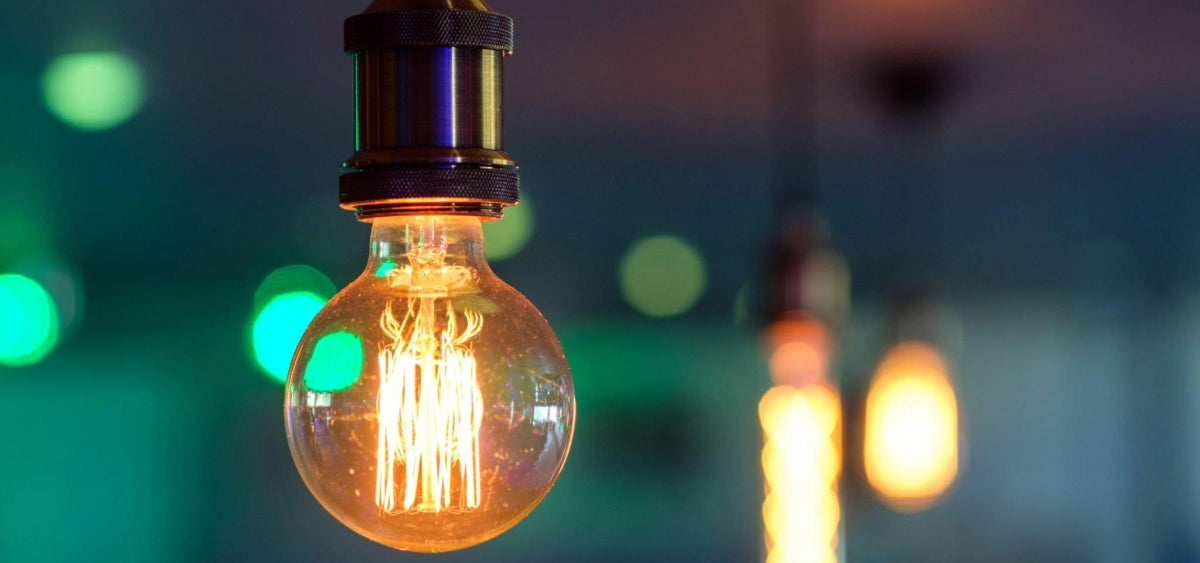Lamps are more than just sources of illumination; they are decorative pieces that can transform the ambiance of a room. One crucial component of a lamp is the socket, and you might be surprised to learn just how many different types of lamp sockets are available. In this guide, we'll explore the world of lamp sockets and help you choose the right one for your lighting needs.
The Wide World of Lamp Sockets
Lamp sockets come in various shapes and sizes, and they are designed to accommodate different types of light bulbs or lamps. Let's take a closer look at some of the most common lamp socket types:
1. Edison Screw (E26/E27): This is the standard socket for incandescent and LED bulbs in North America (E26) and Europe (E27). It's the most widely used socket type globally.
2. Candelabra Base (E12): Smaller than the standard socket, this is commonly used for chandelier bulbs and decorative lighting.
3. Intermediate Base (E17): Slightly larger than the candelabra base, this socket is often used for some types of decorative bulbs and appliances.
4. Bayonet Cap (BC/B22): Commonly used in the UK and many other countries, this socket type involves twisting the bulb into place rather than screwing it in.
5. Gu10/Gu5.3: These are bi-pin sockets often used for halogen and LED spotlight bulbs.
6. G4/G9: Another type of bi-pin socket often used in compact halogen and LED bulbs.
7. T5/T8/T12: These are used for fluorescent tube lamps and come in various sizes.
8. Mogul Base (E39/E40): Larger than the standard socket, this is used for high-wattage bulbs and some types of specialty lighting.
9. Miniature Screw (E10): Very small socket size used for some miniature bulbs, often found in flashlight-type applications.
10. Medium Bi-Pin (G13): This is used for many common fluorescent tube lamps.
11. R7s: Commonly used for linear halogen bulbs and floodlights.
12. Bipin Base (G4, G5.3, G8, G9, G12): Used for various halogen, incandescent, and LED bulbs in spotlights and other fixtures.
13. Screw Terminals: Some lamps and fixtures use screw terminals rather than standard sockets for hardwired connections.
Now that you have an idea of the variety of lamp sockets available, let's discuss how to choose the right one for your needs.
Choosing the Right Lamp Socket
Selecting the appropriate lamp socket is crucial to ensure compatibility and safety. Here are some steps to help you choose the right one:
1. Determine the Bulb Type: Start by identifying the type of light bulb or lamp you intend to use. Different bulbs require specific socket types.
2. Check the Fixture: Inspect the lamp or fixture you plan to use. The socket type is often indicated on the fixture itself or in the product description.
3. Consider Bulb Wattage: Ensure that the socket can handle the wattage of the bulb you intend to use. Overloading a socket with a bulb of higher wattage can be dangerous.
4. Match the Base: Make sure the base of the bulb matches the socket. For example, a bulb with an E26 base should be used with an E26 socket.
5. Think About Aesthetics: The socket itself can contribute to the overall look of the lamp. Consider the design and material of the socket to ensure it complements your decor.
6. Seek Professional Advice: If you're unsure about which socket to choose, don't hesitate to consult a professional or seek assistance from a knowledgeable salesperson at a lighting store.
Conclusion
Lamp sockets come in a wide array of types and sizes, each designed to accommodate specific light bulbs or lamps. Choosing the right socket is essential for safety and functionality, so take the time to identify your needs and match them to the appropriate socket type. With the right socket in place, you can enjoy both the beauty and functionality of your lamps while ensuring a safe and reliable lighting experience.

